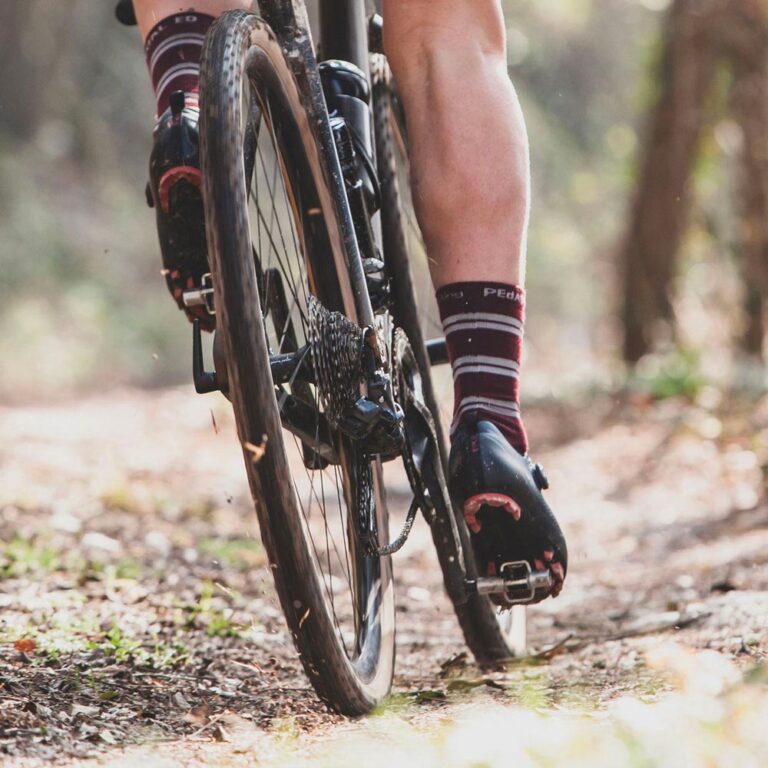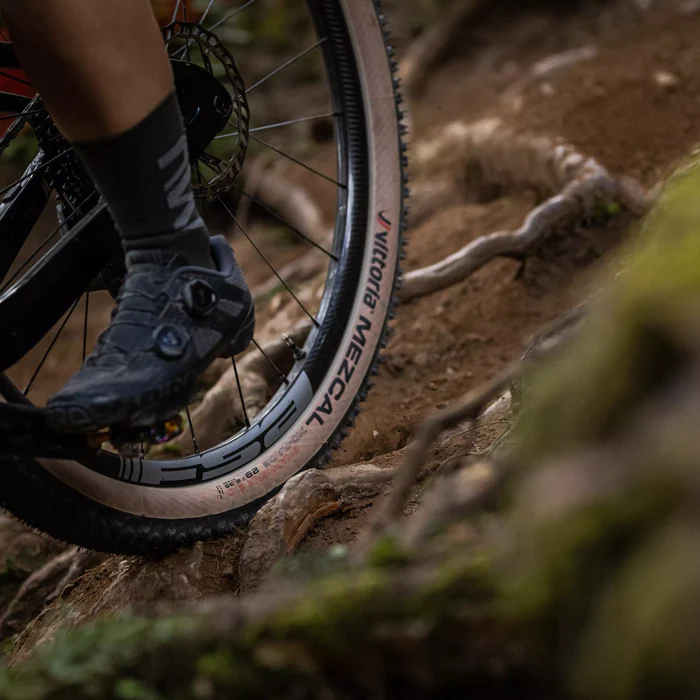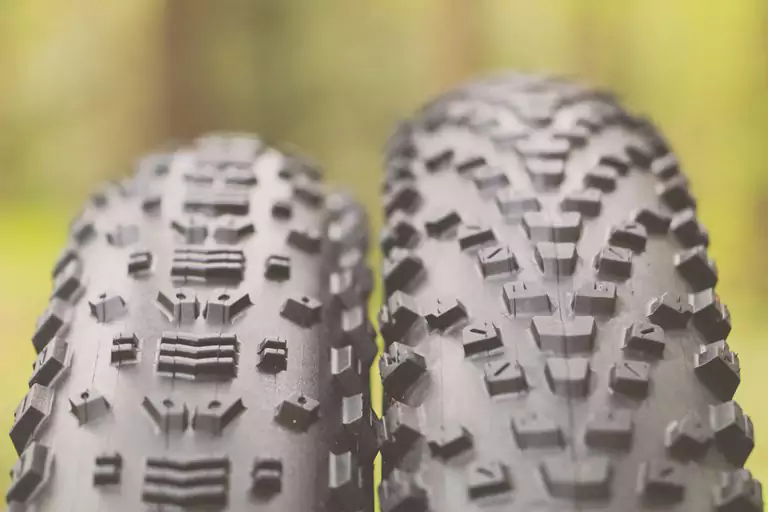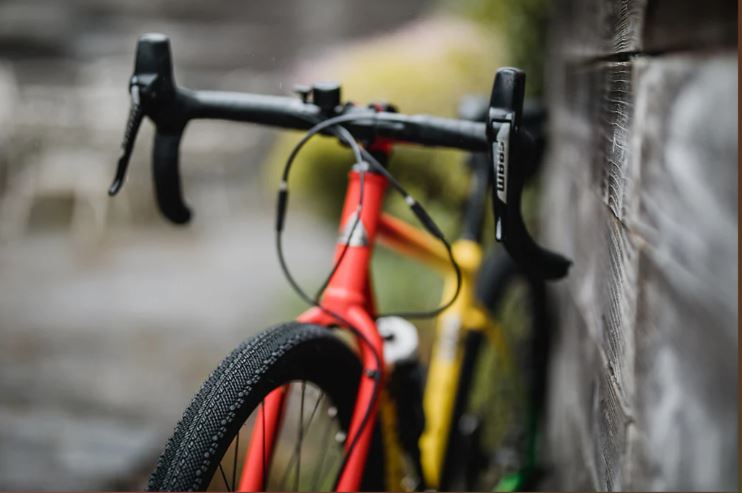Types of Road Bike Tires: Navigating Through Your Options

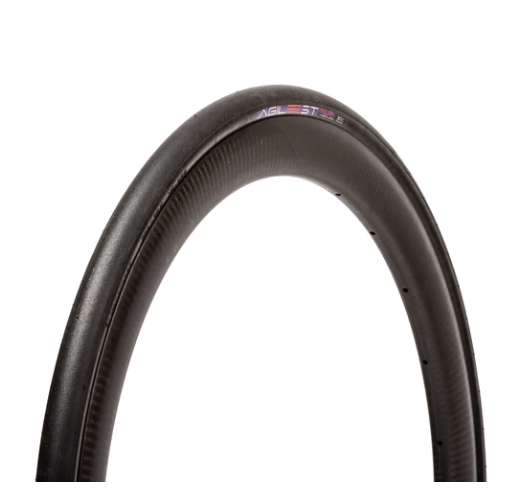
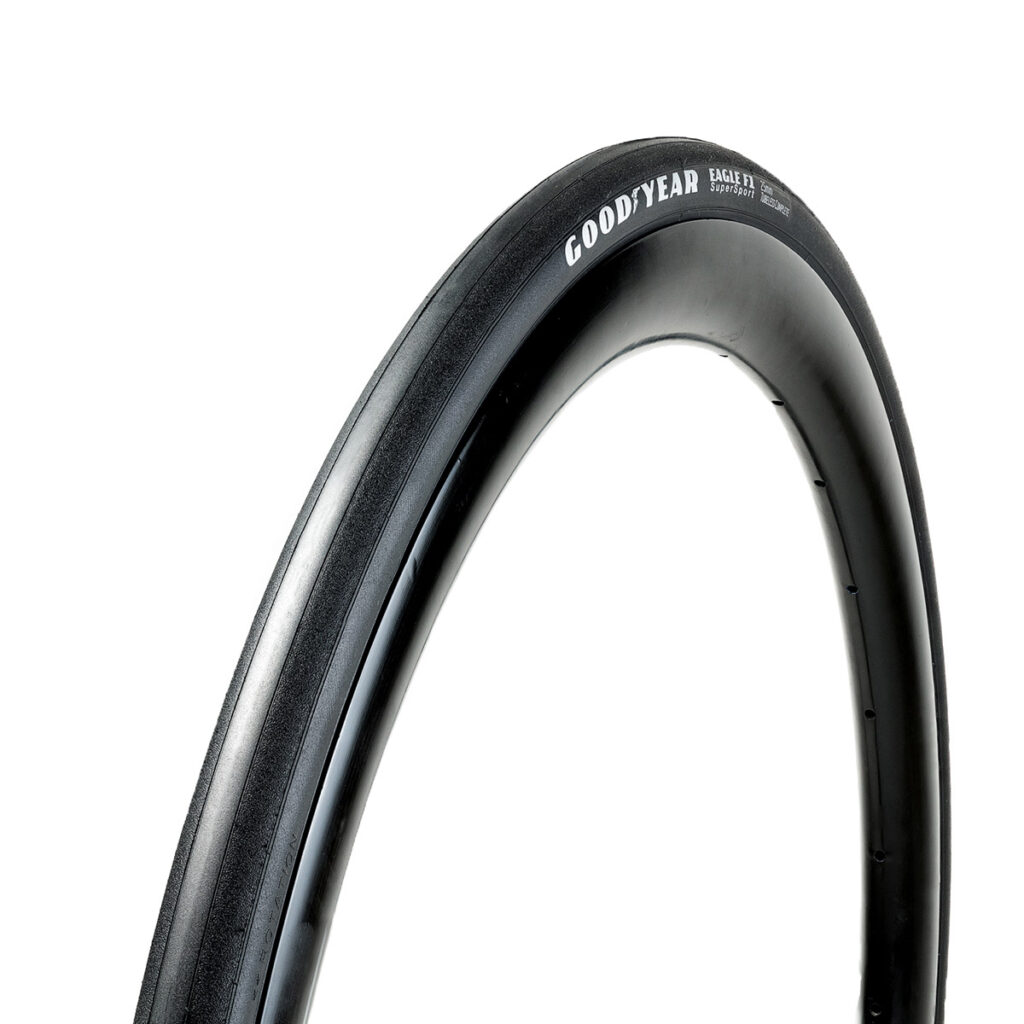
Key Point Summary of Types of Road Bike Tires:
- Different Tire Types: Understanding the three main types of road bike tires – clincher, tubular, and tubeless.
- Advantages and Disadvantages: Each tire type has its own set of pros and cons.
- Choosing the Right Tire: Tips on selecting the best tire type based on your riding style and needs.
As a masters cyclist with experience across various cycling disciplines including mountain biking, gravel biking, and cyclocross, I’ve come to recognize the importance of choosing the right type of tire for each style of riding. Road biking is no exception, and selecting the appropriate tire type is crucial for optimizing performance, comfort, and safety. This guide is designed for cyclists with beginner to mid-level experience, aiming to provide a clear understanding of the different types of road bike tires available.
Understanding the Different Types of Road Bike Tires
Road bike tires come in three main types: clincher, tubular, and tubeless. Each type has unique characteristics and suits different riding preferences and conditions.
Clincher Tires
- Design: Clincher tires are the most common type of road bike tires. They have a bead that hooks onto the rim of the wheel and a separate inner tube that holds air.
- Advantages: They are user-friendly, and easy to install and repair, which is why I always recommend them to beginners. Clinchers are versatile and suitable for a wide range of road conditions.
- Disadvantages: They can be prone to pinch flats if not inflated properly.
Tubular Tires
- Design: Tubular tires are used mainly in racing. They are fully enclosed tubes that are glued onto special rims.
- Advantages: They are lighter and can be ridden at lower pressures without risk of pinch flats, offering a smooth ride – a quality I particularly appreciated during long races.
- Disadvantages: They are tricky to install and repair, which can be daunting for less experienced riders.
Tubeless Tires
- Design: Tubeless tires are similar to clinchers but without an inner tube. They require a special rim that forms an airtight seal.
- Advantages: They reduce the risk of flats, allow for lower tire pressures, and improve ride quality. I’ve found tubeless tires to offer noticeable advantages in terms of comfort and traction.
- Disadvantages: Setup can be complicated and requires compatible wheels and tires.
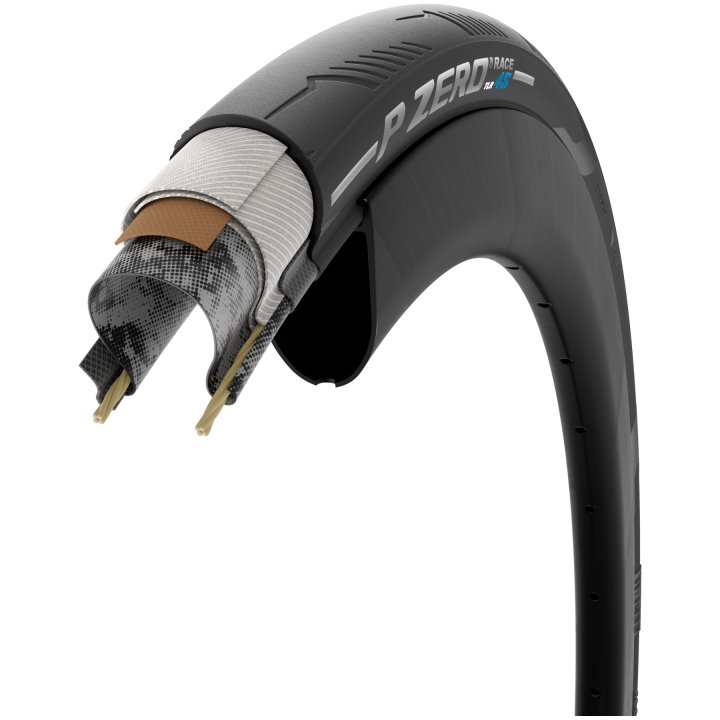
Advantages and Disadvantages
Each tire type has its advantages and disadvantages, which should be considered based on what you value most in your riding experience.
- Clinchers are the most practical and user-friendly, making them a great all-around choice.
- Tubulars offer performance benefits but require more maintenance and skill to manage.
- Tubeless tires provide a great middle-ground, improving ride quality and reducing flat risks, but require specific equipment and setup.
Choosing the Right Tire for Your Needs
Selecting the right type of tire depends on your riding style, the conditions you typically ride in, and how much maintenance you’re willing to perform.
- For Beginners and Recreational Riders: I usually suggest starting with clincher tires due to their ease of use and wide availability.
- For Competitive Racers: Tubular tires might be worth the investment for their performance benefits.
- For Riders Seeking Comfort and Fewer Flats: Tubeless is an excellent choice, especially if you’re willing to invest in the necessary setup.
Personal Experience and Recommendations
From personal experience, I’ve shifted between all three types depending on my cycling goals. For everyday training, clinchers have always been my go-to for their convenience. In races, I’ve enjoyed the performance edge provided by tubulars. Recently, I’ve been drawn to tubeless tires for their comfort and puncture resistance, especially on longer, rougher rides.

Exploring Tire Tread and Compound Variations in Road Biking
Beyond the basic tire types, the tread pattern and rubber compound of a road bike tire also play a significant role in tailoring your riding experience.
- Tread Patterns: Contrary to popular belief, road bike tires do have varying tread patterns. While most road tires are relatively smooth, subtle variations in tread can impact grip, especially on wet roads or in more challenging riding conditions. During my rides along coastal routes with frequent damp conditions, tires with slight tread provided improved confidence and handling.
- Rubber Compounds: The composition of the tire’s rubber can vastly affect its performance. Softer compounds generally offer better grip but wear out faster, suitable for racing or aggressive riding. Harder compounds, on the other hand, might last longer and are ideal for training or everyday use. I’ve personally experienced the difference during crit races, where softer compound tires noticeably improved cornering speeds and control.
- Seasonal and Weather Considerations: If you ride in a variety of weather conditions, it’s worth considering tires suited for specific climates. For instance, winter or all-season tires have more grip and puncture resistance, which I found invaluable during colder months. In contrast, summer tires are optimized for dry and warm conditions, offering lower rolling resistance and a smoother ride.
Based on the types of road bike tires explained, here’s a model for each type that exemplifies its characteristics:
- Clincher Tire Model: The Continental Grand Prix 5000 is an exemplary model for clincher tires. Known for its versatility, it offers excellent puncture protection, a balanced rubber compound for durability and grip, and is suitable for a wide range of road conditions.
- Tubular Tire Model: The Vittoria Corsa stands out in the tubular category. Favored by racers for its superior performance, this tire features a soft rubber compound for exceptional grip and smooth, supple ride quality, ideal for competitive racing.
- Tubeless Tire Model: The Schwalbe Pro One Tubeless tire is a top choice in the tubeless category. It’s renowned for its low rolling resistance, effective puncture resistance, and the ability to run at lower pressures, enhancing comfort and traction, particularly on rougher road surfaces.
Each of these models represents the best of their respective categories, showcasing the advancements and specific advantages of clincher, tubular, and tubeless road bike tires.
Final Thoughts
In the world of road biking, the right tire can make a significant difference in your ride. Whether you choose clincher, tubular, or tubeless tires, consider what aligns best with your riding style, experience level, and maintenance preferences. Remember, the best tire is the one that meets your specific needs and enhances your overall cycling experience.
John
FAQ
What kind of tires do road bikes have?
Road bikes typically have narrow, smooth tires with minimal tread, known as clincher tires. These are the most common and versatile types, suitable for various road conditions. Some road bikes also use tubular or tubeless tires, offering specific performance benefits like reduced rolling resistance and improved puncture resistance.
What does 700C mean for bike tires?
The term 700C for bike tires refers to the size of the wheel and tire. It denotes a rim diameter of approximately 622 millimeters and is a standard size for many road bikes. The 700 indicates the nominal diameter of the tire in millimeters, and C is a traditional French designation for this size category, although it does not correspond to any specific measurement in modern terms.
Are 700C and 29 the same?
Yes, 700C and 29-inch are the same in terms of rim diameter, both measuring about 622 millimeters. However, the difference lies in the tire width and application: 700C is commonly associated with narrower road bike tires, while 29-inch refers to wider tires used on mountain bikes.

